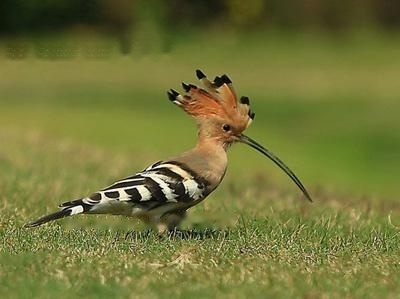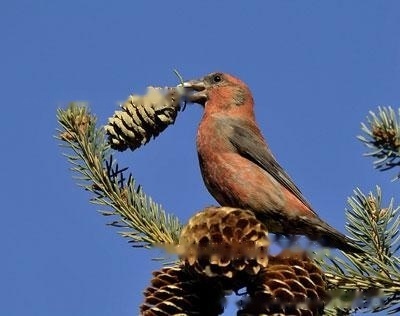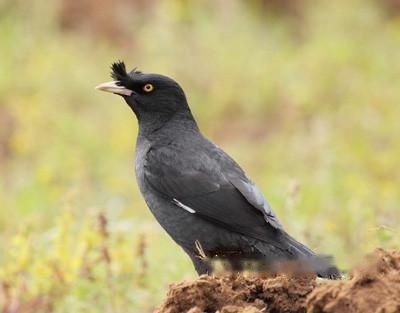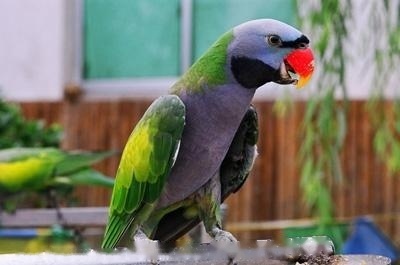Red-billed blue magpie is gregarious , often in pairs or in small groups of 3-5 or more than 10. Lively and noisy, often jumping up and down between branches or flying between trees, mostly in a gliding posture when flying, sliding from hill to hill, from tree to tree, or from a tree to Another tree, jumping forward. When gliding, it stretches out its wings and spreads its tail feathers. Sometimes it flies with flapping wings after a while of gliding, especially when frightened, it often struggles to agitate its wings to flee up the mountain. The cry is sharp, like a 'zha-zha-' sound.
The red-billed blue magpie is a close relative of the crow tribe. It has a diet compatible with meat and vegetables. It mainly eats insects and other animal foods, but also eats plant fruits, seeds and crops such as corn and wheat. miscellaneous. Common species of animal food include click beetles, beetles, locusts, grasshoppers, flies, katydids, crickets, beetles, lepidopteran larvae and other insects, also eat spider, snail, worm, firefly, frog, Lizards, chicks, eggs, and other small invertebrates and vertebrates. Plant foods are mainly fruits and seeds of various trees and shrubs, and occasionally eat crops such as wheat and corn.
Sometimes it also aggressively invades the nests of other birds, attacking and eating young chicks and eggs. From March to May every year is the breeding season of the red-billed blue magpie. During this period, the parent bird is very strong in protecting the nest and has a very fierce temperament. .




